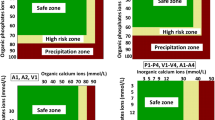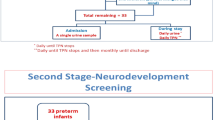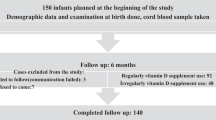Abstract
LÖFROTH observed that the average breast-fed baby in the United States ingests twice the amount of DDT deemed safe by the World Health Organization (0.010 mg), while corresponding Swedish and British infants consume 0.017 mg of DDT compounds per day per kg body weight1. We have studied the effects of DDT on neonatal Holtzman rats housed in individual cages at 25±1.0° C and allowed Purina Lab Chow with drinking water ad lib. Forty parturient rats were divided into four groups of ten. Group 1 served as controls, group 2 received 1 mg, group 3 received 5 mg and group 4 received 25 mg of Technical DDT (Cl3CCH(C6H4Cl)2) (Eastman Organic Chemicals) per kg body weight, starting 24 h after delivery and daily for 21 days thereafter. DDT in sesame oil was administered to the experimental groups intraperitoneally. Control animals received only the sesame oil vehicle. After evaluation of growth and mortality rates, the animals were killed and calcium, potassium, magnesium, manganese, copper, iron and zinc in neonatal livers were determined by atomic absorption spectrophotometry2.
This is a preview of subscription content, access via your institution
Access options
Subscribe to this journal
Receive 51 print issues and online access
$199.00 per year
only $3.90 per issue
Buy this article
- Purchase on Springer Link
- Instant access to full article PDF
Prices may be subject to local taxes which are calculated during checkout
Similar content being viewed by others
References
Löfroth, G., Pediat. Herald, 18 (1969).
Willis, J. B., Clin. Chem., 11, 251 (1965).
Curley, A., and Kimbrough, R., Arch. Environ. Health, 18, 156 (1969).
Report of the Secretary's Commission on Pesticides and Their Relationship to Environmental Health, Parts 1 and 2 (US Department of Health, Education and Welfare, 1969).
Anderson, D. W., Hickey, J. J., Risebrough, R. W., Huge, D. F., and Christenson, R. E., Canad. Field Naturalist, 83, 89 (1969).
Hart, L. G., and Fouts, J. R., Proc. Soc. Exp. Biol. Med., 114, 388 (1963).
Conney, A. H., Welch, R., Kuntzman, R., Jacobson, M., Poland, A., Poppers, P. J., and Finster, M., Abstr. Conf. Drug Metabolism in Man (NY Acad. Sci., 1970).
Peakall, D. B., Nature, 216, 505 (1967).
Riebrough, R. W., Rieche, P., Peakall, D. B., Herman, S. G., and Kirven, M. N., Nature, 220, 1098 (1968).
Scheinberg, I. H., and Sternlieb, I., Gastroenterology, 37, 550 (1959).
Author information
Authors and Affiliations
Rights and permissions
About this article
Cite this article
FAHIM, M., BENNETT, R. & HALL, D. Effect of DDT on the Nursing Neonate. Nature 228, 1222–1223 (1970). https://doi.org/10.1038/2281222a0
Received:
Revised:
Issue Date:
DOI: https://doi.org/10.1038/2281222a0
This article is cited by
-
Organochlorine pesticide residues in human milk in the Ribeir�o Preto region, state of S�o Paulo, Brazil
Archives of Environmental Contamination and Toxicology (1992)
-
The effects of low dietary levels of DDT on breeding performance in hybrid mice
Archives of Environmental Contamination and Toxicology (1977)
Comments
By submitting a comment you agree to abide by our Terms and Community Guidelines. If you find something abusive or that does not comply with our terms or guidelines please flag it as inappropriate.



